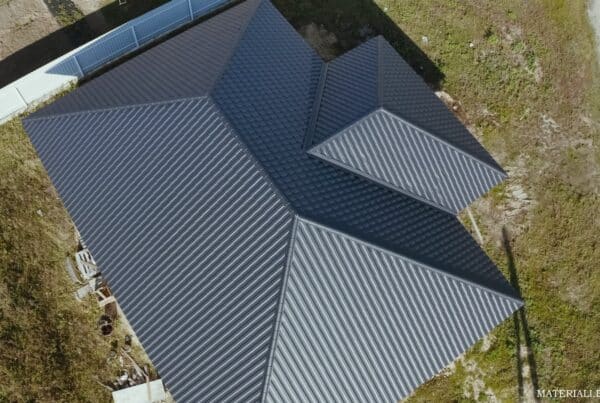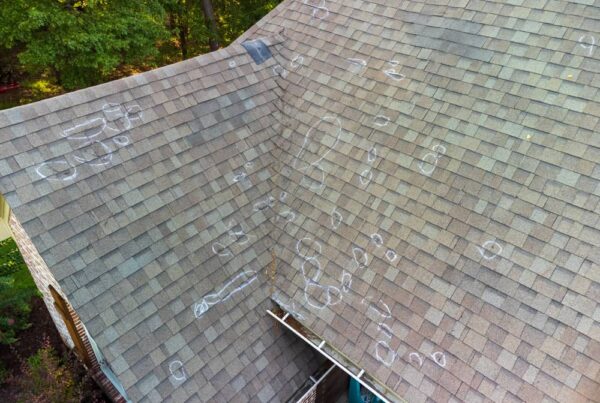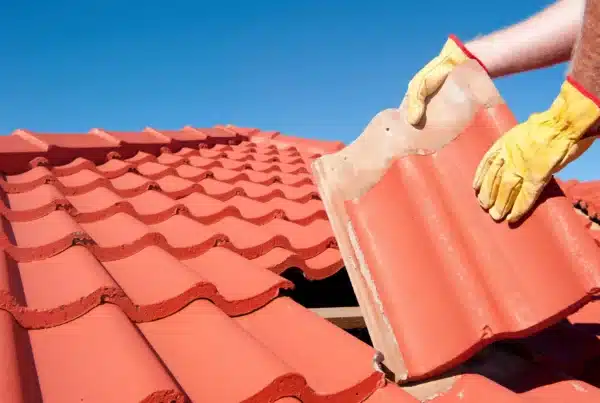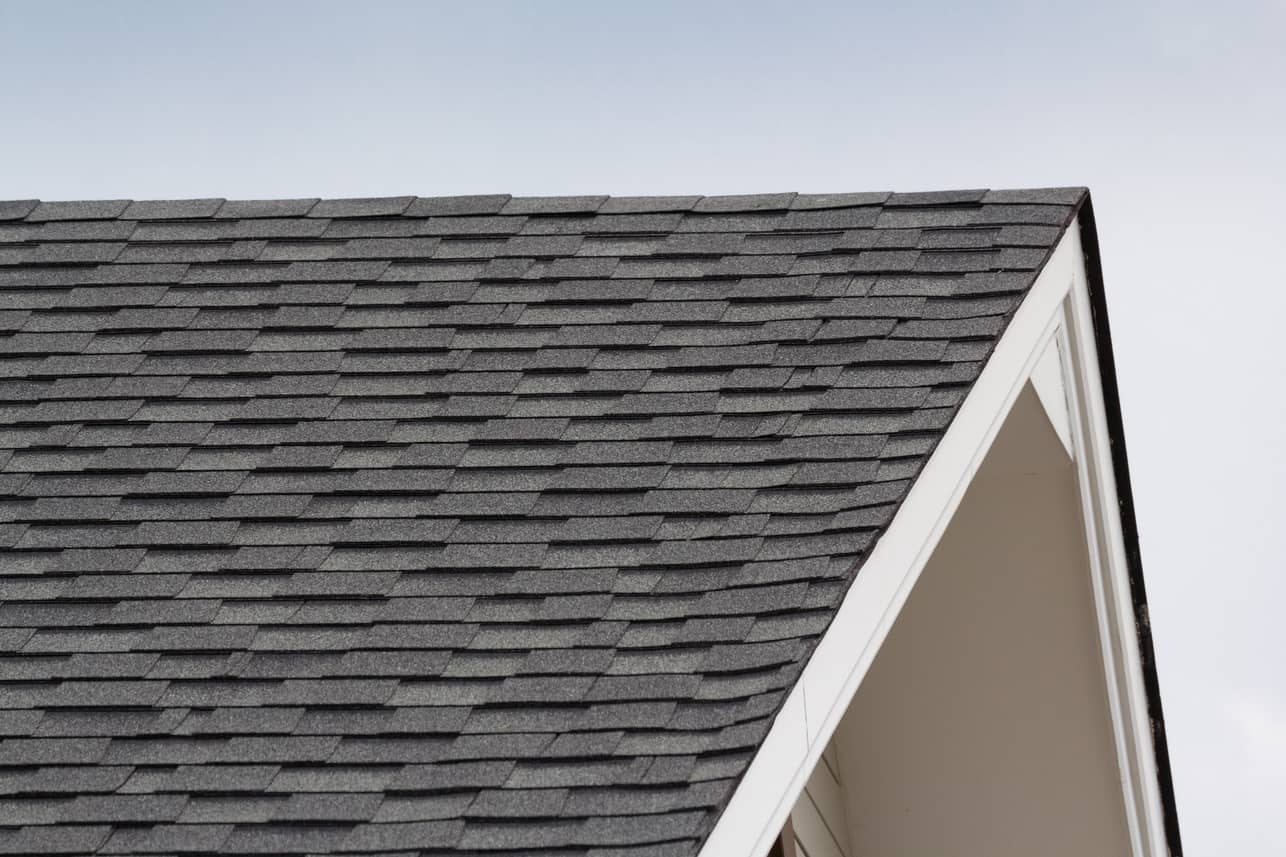
When coming home from work the last thing that you want to concern yourself with is home repairs. However, it is important to take notice of erosion spots in your hard or even possible water intrusion into the home. Some reason for this taking place could be the lack of a gutter system. Also, keep in mind that if you have a gutter system that is clogged, the water flow will spill over the gutters and cause these issues. How to handle roof runoff without gutters? You can use rain barrels, add a drainage system, or some type of dispersal system.
Let’s take a look below at which solution might fit your needs.
What Is Roof Runoff
Roof runoff is defined differently in each area that you live in. The term roof runoff is simply meant to define where the water goes after it has hit your roof. In many cases, the water just flows off the roof and down the side of your house. Also, it is known to hit your gutter system (if you have one) and be dispersed away from the home. Additionally, roof runoff that flows off the roof will cascade down to your ground and create erosion of the soil around your home as well as the wearing of your concrete foundation. Let’s explore what options we have for dealing with roof runoff.

How Can I Handle Roof Runoff Then
Solving the issue of roof runoff can be fairly easy to do. There are so many options when it comes to dealing with roof runoff that it is different for each homeowner. Let’s take a look at what the options are.
- Rain Dispersal system – metal edging that can be installed in locations under the roofing shingles. This adds another layer of extension away from the home and lets you redirect the water runoff.
- Rain Chain – typically made of copper or aluminum metals. Are designed to hang from the roof to slow down the water runoff, so that it doesn’t splash down onto the lawn. The drawback is, the larger the roof, the more rain chains you will need.
- Yard Re-grading – this allows you to re-slope the yard so that the flow of water runs away from the home. If you have a negative grading of the yard, then the water will pool up in certain areas and this could create huge problems.
- Drip edge – metal strips that are installed under the shingles of your roof. They create a new drip edge that is further from the home and prevent ice dams from forming.
- Drip path – this is when you dig a trench around the sides of your home. It must be 18 inches (46 cm) wide and 8 inches (20 cm) deep. Fill the trench with non-woven geotextile fabric, then add crushed stone. Make sure the trench is sloped properly.
- A French drain or ground gutter – french drains or ground gutter systems are created when you dig a trench, add a drain pipe, and cover the drain pipe with rock. These require little maintenance and are excellent at keeping water away from your home.
- Built-in gutters – usually made up of a metal material that is similar to a regular gutter system. Less maintenance is required, and they blend in with the roof. However, most homeowners forget about maintenance and could often end up with roof leaks due to water backup. They also take a lot longer to install.
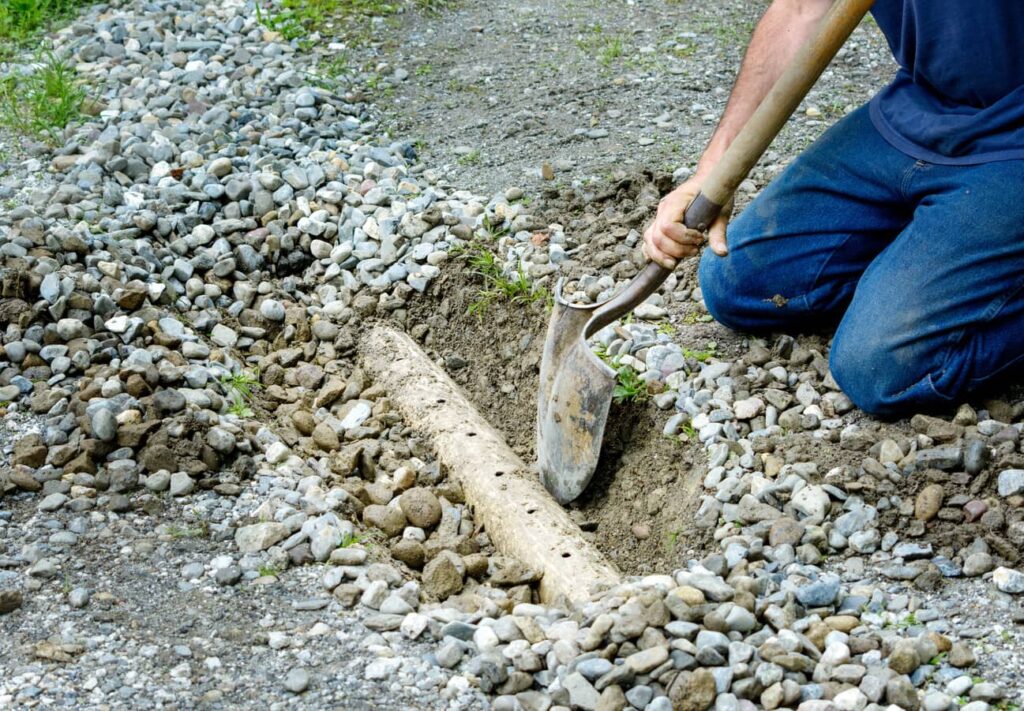
What Happens If I Leave It Alone
Anytime that you leave a project for an extended period, nothing good can come of it. If you have roof runoff, this issue should be taken care of immediately. Let’s take a look at what could happen due to roof runoff.
- Your landscaping could die off. This includes plants and grasses that need the proper oxygen to survive.
- Pooling of water in low-lying areas will promote the mosquito population. they will have areas to lay eggs.
- Your foundation and other structures of the home could become damaged. Also, sinkholes could develop under or near your home.
- Water intrusion could occur, which allows mold and mildew to grow in the home.
- Mold can be found growing on the concrete. Concrete is porous and promotes mold growth when damp.
- If you have a basement or a crawlspace, you will notice mold growth.
Other Recommended Maintenance
Now that you know about roofs and gutters, here are some areas of other recommended maintenance. One of those is the soffits. The soffits get a lot of dirt and grime on them and you can powerwash them on a low setting and with a low-pressure nozzle. Doing this will help you keep water out of the attic.
Another area is the ridge vent on the roof. These are good for reducing the heat in the attic and also lowering your electric bill. However, they can leak in heavy rain, so ensuring they are watertight is very important. Additionally, they may not be the best idea for warmer climates so do your research first.
Lastly, if you are looking to replace your roof, there are several types available. One of those is the composition roof, which is made of shingles containing fiberglass. They are more durable and affordable for homeowners.

When Do I Call A Professional
When it comes to dealing with roof runoff, you might need some assistance with yard regrading, landscaping, or even newly installed gutters. Be sure to call on the professionals that are licensed and insured in your area. They can provide you with the best solutions that fit your specific needs.
Conclusion
Anytime that you need assistance with a solution for roof runoff it is important to know who to call. You can reach out to a local professional landscaper or even a licensed roofing company. Also, consider calling your local home inspection team. They can refer a reputable gutter installation company, a licensed roofer, and a professional landscaper all at the same time. Additionally, they can inspect your roof to determine what your needs might be. Reach out to Honor Services for your roof and full home inspection in Brevard County, FL.

